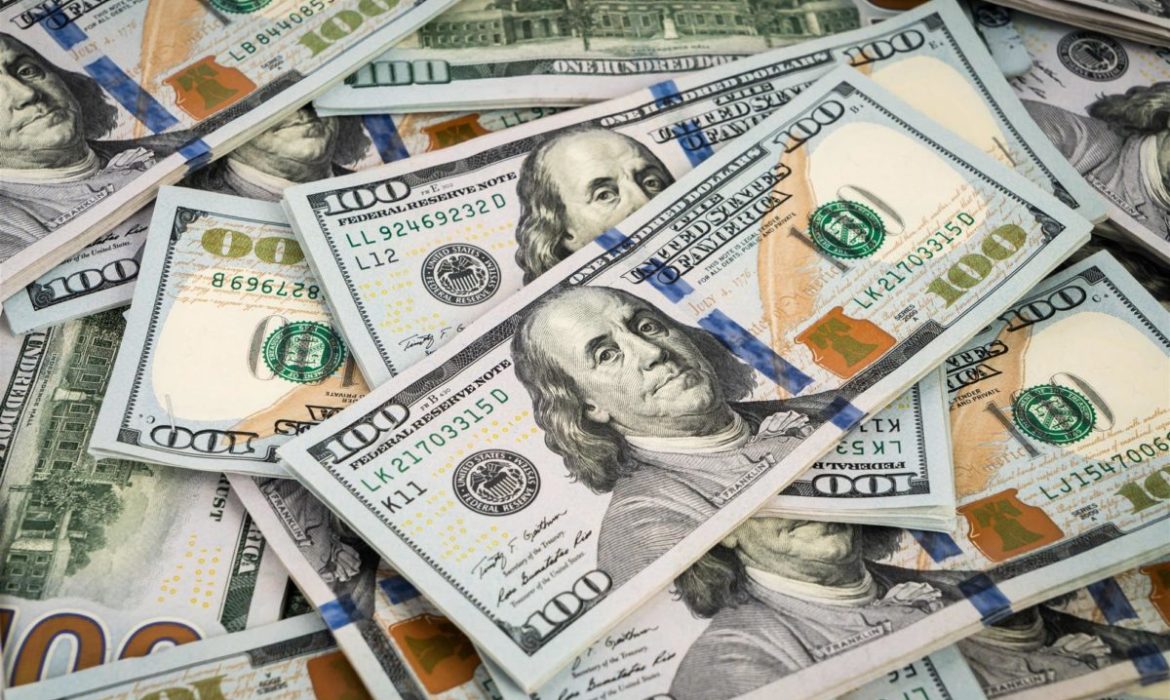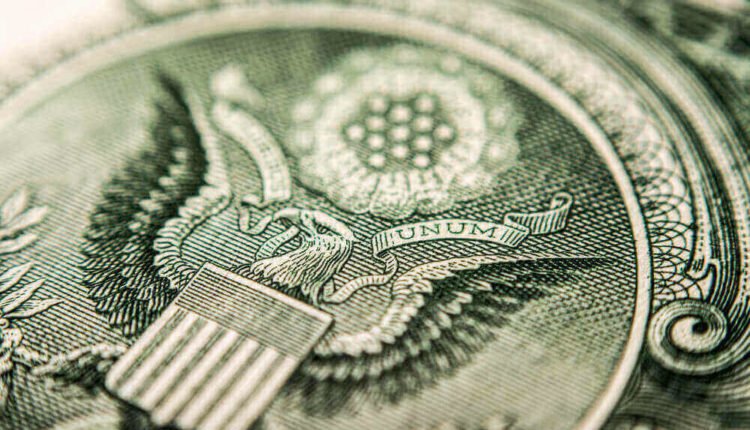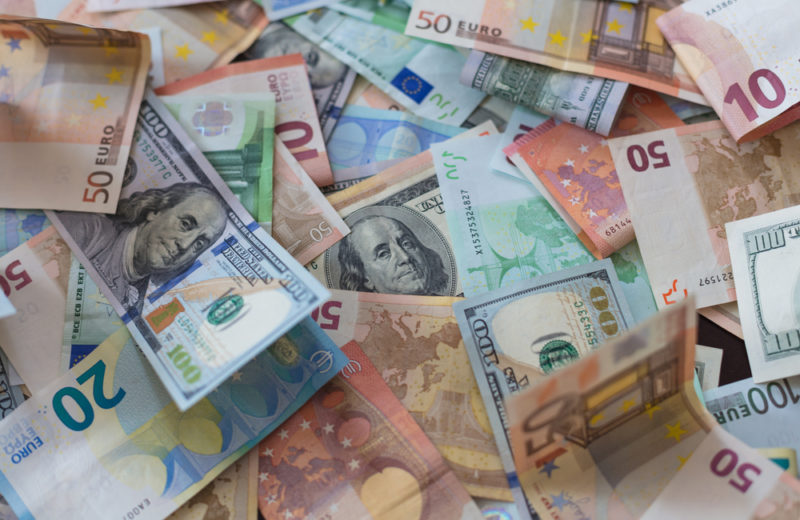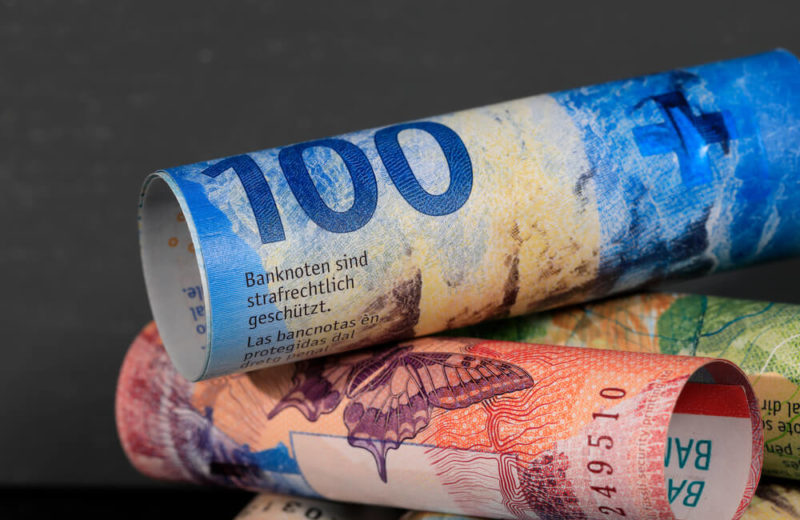In the financial realm, the U.S. dollar exhibited a marginal weakening against a basket of prominent currencies. This dollar crash coincided with U.S. Treasury yields bouncing back after momentarily breaking the formidable 5% threshold.
Investors Exercise Caution as a Pivotal Week Unfolds
Market dynamics in the foreign exchange domain took on a relatively subdued tone as the week commenced. Traders appeared poised with bated breath as they anticipated a multitude of significant events, including an imminent European Central Bank (ECB) meeting and the release of pivotal U.S. GDP figures. Notably, market participants were keenly awaiting the unveiling of the Federal Reserve’s preferred inflation gauge.
Market analyst Michael Brown of Trader X in London weighed in on the week’s prospects. He noted, “This week is slated to be a game-changer with the focus on the U.S. GDP data scheduled for Thursday. Additionally, the Bank of Canada (BoC) and European Central Bank (ECB) are on the radar. Against the backdrop of geopolitical tensions remaining at an all-time high, traders seem reluctant to sell dollars as the week kicks off.”
US 10-Year Treasury Yields Reclaim the 5% Summit, Amplifying Anxiety
The standout development on Monday was the resurgence of 10-year U.S. Treasury yields, which surged as high as 5.021%. This upward shift marks the latest episode in an unrelenting selloff within the government bond markets. The primary impetus behind this trend lies in investors acknowledging the persistence of elevated interest rates, especially in the United States, amidst an increased supply of bonds and expanding term premiums.
Nevertheless, the 10-year yield eventually settled at 4.905%, emphasizing the sensitivity of markets to yield oscillations.
Geopolitical Uncertainty Elevates Market Volatility
Further adding to market apprehensions was the looming threat of the Israel-Hamas conflict escalating into a broader regional war. Israeli air raids pummeled Gaza in the early hours of Monday, while the United States responded by deploying additional military assets to the region.
Buy Back Dollars Chances Weaken Amid Yield Surge
Reflecting these developments, the dollar index, a key metric gauging the greenback’s strength against a basket of six significant currencies, slipped by 0.2% to 105.97. Earlier in the session, the index had touched a high of 106.33.
The pronounced surge in U.S. Treasury yields since mid-July has bolstered the appeal of the U.S. dollar in contrast to other global currencies, propelling the U.S. dollar index upwards by over 6%.
Diverging Views on the Dollar Collapse
Chris Turner, ING’s Global Head of Markets, stated, “On paper, this should be a promising week for the dollar. The anticipated U.S. GDP growth exceeding 4% and the persistent strength of the Fed’s preferred inflation indicator.”
Nevertheless, analysts at Barclays adopted a more cautious stance regarding the dollar’s future trajectory. They cited the crowded long-dollar positions and the dwindling likelihood of further hikes in long-term yields without a comprehensive revision of the Federal Reserve’s rate outlook.
Japanese Yen Wavers as Market Watches BOJ
Within the Japanese foreign exchange market, the yen traded at 149.88 per dollar, briefly slipping to 150.14, a level last seen on October 3. This dollar crash had sparked suspicions of the Bank of Japan’s (BOJ) potential intervention to steer the yen back toward the stronger side of 150.














